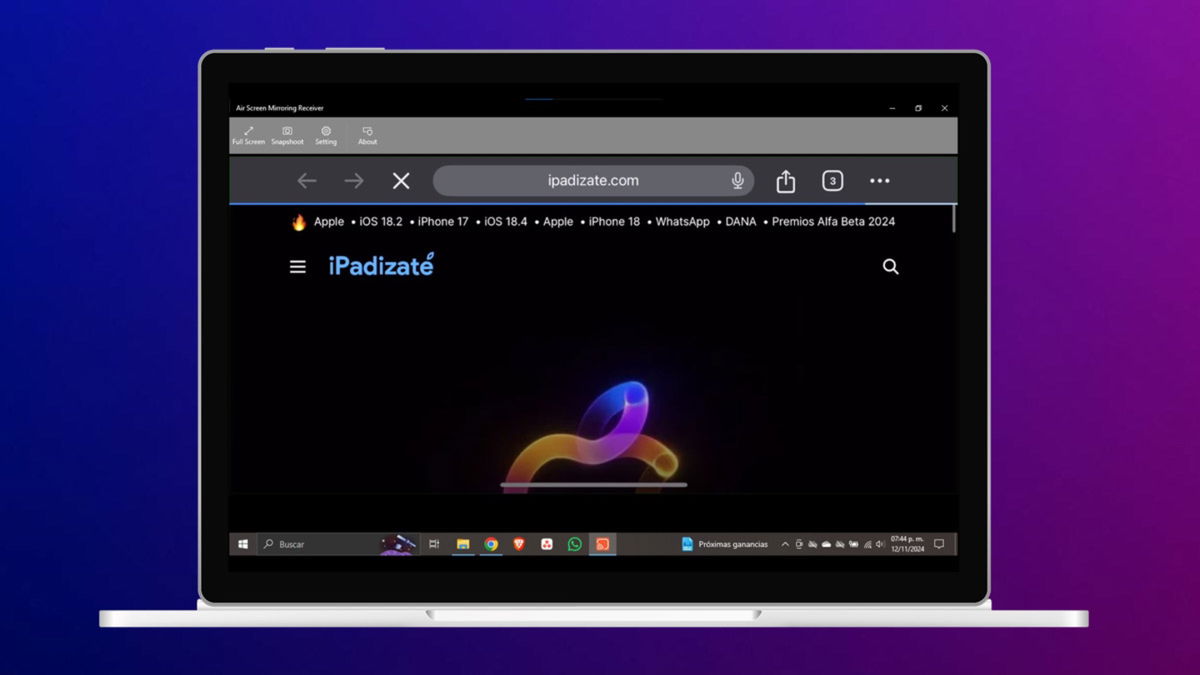Today is the big day: starting in March, Europe forced Apple to open iPhones to the installation of applications from outside the App Store. And it paid off: iOS 17.4 already offers compatibility with other application stores. Even if yes, the strategy is very different from that proposed in Android since its beginnings: while Google has no control over what is installed on Android, Apple establishes impenetrable customs to third-party stores.
For a developer to offer their application without going through Google Play is very common on Android, but it is not the same on iOS. Well, you can test the developments via TestFlight; in addition to distributing applications in IPA format for those who have a jailbroken iPhone or who use services like Appdb. Given this strict control of the App Store, the European Union has urged Apple to open its platform to increase competition on the continent. Even if he complies reluctantly, the owner of the iPhone does not grant any facilities: neither to users nor to developers.
Despite the opening of the App Store, in practice it remains almost the same closed


App installation and origin notice in iOS 17.4
Yes, the application store that serves iOS, watchOS, iPadOS and tvOS must allow the installation of applications from sources other than those of Apple, even if it is this company which, in practice, will limit access to these applications. Not by directly turning off the tap: Apple’s strategy is to tightly control third-party stores so that very few developers risk standing up to them.
As we saw on our iPhone 14 Pro with iOS 17.4 Beta 3 installed, the App Store already warns of the origin of each application just before installing it on the iPhone. On European territory, it will always be the Apple Store which will be responsible for removing the barrier for developers, whether or not they have their product in the App Store. They will continue to pay Apple, they must follow Apple’s rules and meet a series of very strict requirements with Apple. Wow, you want to project the image that the best thing to do is to play it safe and distribute the software the same way as always.
Apple’s message to developers is quite clear: it is more profitable for you to distribute the application in the App Store than alone
Let’s change sides. Android was born as an open system and from the beginning allowed the installation of applications by anyone and without having to go through Android Market first and Google Play Store later
As protection beyond the user’s common sense, Google includes Play Protect to scan software installed in parallel (and from the Play Store), Google restricts the installation of certain suspicious APKs, manufacturers like Samsung and Xiaomi They preinstall their own security tools To analyze Android devices and users, we have such useful tools as Virus Total. iPhones, since they never officially allowed “sideloading”, did not need more security than that imposed by Apple in the App Store. And this is another argument used by the company to express its dissatisfaction with Europe and clip the wings of third-party stores: only by controlling access can risks be controlled.
Apple has decided to go its own way to allow downloading of applications, all with the idea of maintaining control of what is developed for the iPhone and the company; impose taxes passed on to developers
Google has been restricting the installation of APKs for years


On Android we can install applications in APK format, this has not changed, the circumstances of said installation have changed. Google hid the activation of authorization until doing it application by application, Play Protect blocks many more installations than before, certain settings restrict the installation of applications, Android can remove apps if it considers them a risk (even though in reality this is not the case) and there are even applications that become unusable when software like Magisk is installed. In principle, the evolution was intended to ensure user security, but along the way some of the freedom that using Android entailed was also restricted.
Controlling third-party stores and all software installed on a phone is not a bad idea, the problem arises when the real motivation is not to protect the user, but rather maintain income streams. Apple is in a better position than Google when it comes to imposing rules on developers, although we’re sure to see a move towards this same strategy in Android. It is not for nothing that the two companies have copied each other since their creation.
Cover image | Ivan Linares
In Xataka Android | All phones updated to Android 14 and when will they start updating










